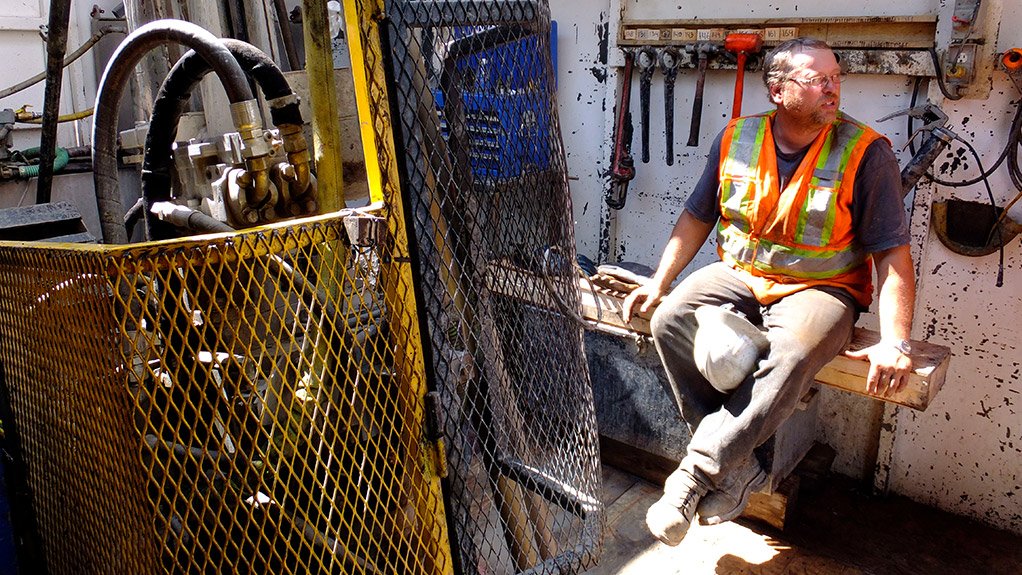VANCOUVER (miningweekly.com) – Explorer Fission Uranium has hit some of the strongest mineralisation to date at its flagship Patterson Lake South (PLS) project, in Northern Saskatchewan’s south-western Athabasca Basin.
The Kelowna, British Columbia-based miner on Wednesday reported the assay results from the last three outstanding drill holes from its summer 2017 drill campaign, which targeted the shallow, high-grade R780E zone as part of a metallurgical study for use in a pre-feasibility study on the high-grade Triple R deposit.
The company said on Wednesday all three holes returned substantial intervals of high-grade uranium, including hole PLS17-MET-C (line 660E), which intersected 144 m of total composite mineralisation, including a continuous interval of 108 m grading 8.46% uranium oxide. This represents the widest continuously mineralised intervals drilled on the Triple R deposit to date.
The intercept ranks as one of the strongest holes drilled at PLS and among the best in the Athabasca Basin – home to the highest-grade uranium deposits in the world.
The company advised that the metallurgical study is being based on high uranium recovery; short leach times, using low acid concentrations and low temperatures; low detection of deleterious elements in the mineralisation; and mineralisation characteristics conducive to low grinding power requirements.
"The metallurgical and processing data is an important component of the pre-feasibility study. We are also encouraged by the very positive preliminary results of high uranium recovery, low detection of deleterious elements in the mineralization, short leach times using low acid concentrations, and ease of grindability – all of which are important features for low-cost production,” president, COO and chief geologist Ross McElroy advised in a news release.
According to Fission, the three purpose-drilled holes were drilled to collect material for preparing representative metallurgical sample composites for laboratory testing to provide process design data to be used in a pre-feasibility study.
The drill holes were spatially selected to represent mineralisation both laterally (west, central and eastern areas of the R780E zone) and vertically (shallow, middle and lower) in the resource. The metallurgical study is designed to provide information to properly characterize grade, leachability, uranium recovery and grindability.
Uranium mineralisation at PLS occurs within the Patterson Lake Conductive Corridor and has been traced by core drilling approximately 3.18 km of east-west strike length in five separated mineralised ‘zones’. From west to east, these zones are: R1515W, R840W, R00E, R780E and R1620E.
Thus far only the R00E and R780E have been included in the Triple R deposit resource estimate, where-as the R840W and R1620E zones and the recent addition of the R1515W zone, fall outside of the current resource estimate window.
PLS has a current resource, at a cutoff grade of 0.2% uranium pentoxide (U3O8) for the openpit and 0.25% U3O8 for the underground portion, is estimated to contain 81.11-million pounds U3O8 in the indicated resource, based on 2.01-million tonnes grading 1.83% U3O8. Triple R also has an inferred resource of 785 000 t grading 1.57% U3O8, for 27.16-million pounds of U3O8.
Edited by: Creamer Media Reporter
EMAIL THIS ARTICLE SAVE THIS ARTICLE
ARTICLE ENQUIRY
To subscribe email subscriptions@creamermedia.co.za or click here
To advertise email advertising@creamermedia.co.za or click here













